Marc Chagall (Марк Захарович Шагал) (1887-1985)
Get a Chagall Certificate of Authenticity for your painting or a COA for your Boucher drawing or print.
For all your Chagall artworks you need a Certificate of Authenticity in order to sell, to insure or to donate for a tax deduction.
How to get a Chagall Certificate of Authenticity is easy. Just send us photos and dimensions and tell us what you know about the origin or history of your Chagall painting, drawing or print.
If you want to sell your Chagall painting, drawing or print use our selling services. We offer Chagall selling help, selling advice, private treaty sales and full brokerage.
We have been authenticating Chagall and issuing certificates of authenticity since 2002. We are recognized Chagall experts and Chagall certified appraisers. We issue COAs and appraisals for all Chagall artworks.
Our Chagall paintings, drawings and print authentications are accepted and respected worlwide.
Each COA is backed by in-depth research and analysis authentication reports.
The Chagall certificates of authenticity we issue are based on solid, reliable and fully referenced art investigations, authentication research, analytical work and forensic studies.
We are available to examine your Chagall painting, drawing or print anywhere in the world.
You will generally receive your certificates of authenticity and authentication report within two weeks. Some complicated cases with difficult to research Chagall paintings or drawings take longer.
Our clients include Chagall collectors, investors, tax authorities, insurance adjusters, appraisers, valuers, auctioneers, Federal agencies and many law firms.
We perform Marc Chagall art authentication, appraisal, certificates of authenticity (COA) , analysis, research, scientific tests , full art authentications. We will help you sell your Marc Chagall or we will sell it for you.
Marc Chagall was a Russian-born French painter. Born on July 7, 1887, he came from humble, Jewish beginnings. At a young age, his mother encouraged him to pursue his interest in art. She enrolled him in a St. Petersburg art school. In 1910, he moved to Paris where he was exposed to Fauvism, which often dealt with traditional landscapes painted in an untraditional way. He also experimented a bit with Cubism. In 1912, Chagall held his first solo exhibition.
Chagall visited Russia two years later. The outbreak of war kept him from returning to Paris. He settled in Vitebsk and was appointed Commissioner for Art in 1918. He then founded the Vitebsk Popular Art School. He oversaw the school until disagreements with the Supremists prompted him to resign two years later.
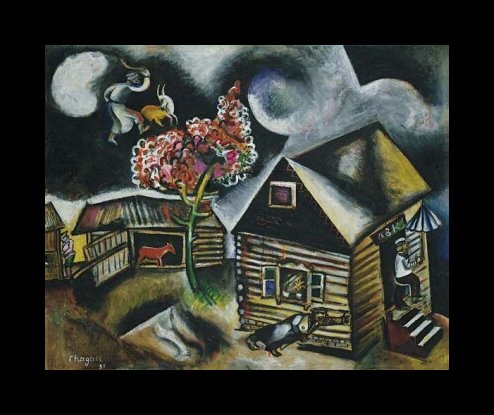


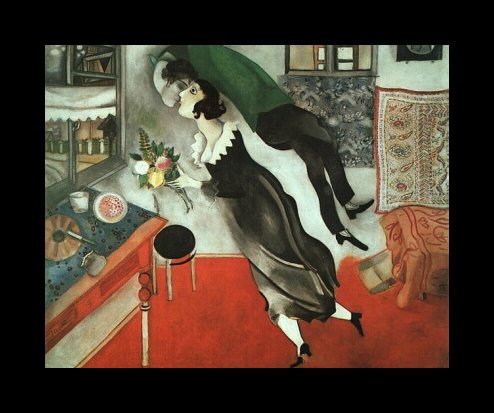
In 1923, Chagall truly found himself artistically while in Paris. Some of the movements of the time came as a shock to him. Although he sometimes experimented with them briefly, he eventually discarded them, opting for his own style, a style that was imaginative and almost magical, incorporating bold color schemes.
Chagall was commissioned to produce black and white etchings and lithography. Although he was new to the medium, his talent is evident in the tentative creations. His only frustration was the lack of color that he felt creatively inhibited him.
Chagall had been commissioned to do many of these etchings style projects, and although he wholeheartedly devoted himself to producing excellent work, he felt that the lack of color was a hindrance on his creative ability. When he fled to America, he created color prints. Thirteen lithographs were published in 1948, a brilliant achievement for someone so new to the medium.
As his career evolved, Chagall found his niche in lithography. Many of his lithographs are still sold today. They often have similar features. Although bold in color and abstract, they are quite different from a Picasso creation. Henri Deschamps who printed some of Chagall's lithographs said that he didn't think it was possible for Chagall to paint like Picasso because being Jewish, he saw things in a different light because of his origin.
Chagall's paintings are much softer and never harsh like many of Picasso's. There is an underlying lyrical quality to the lithographs.
Chagall found color lithography to be the ideal medium for his art. Color is splashed through his work with waves of intensity. From subtle bursts of color to solid, dark splashes, the lithographs are eye-catching and vivid. As Chagall embraced his medium of choice, he created over 1,000 color and black and white lithographs.
When looking back on his body of work, each piece has something in common. These magical creations are rich in color and defy the conventions of our everyday world.
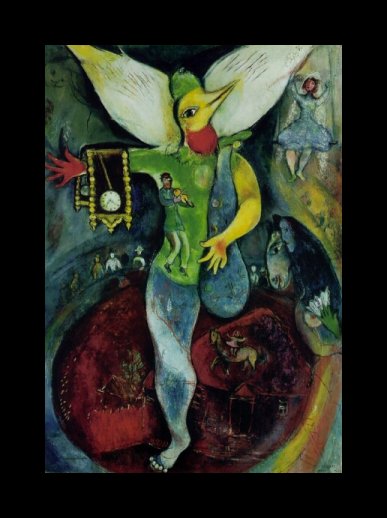
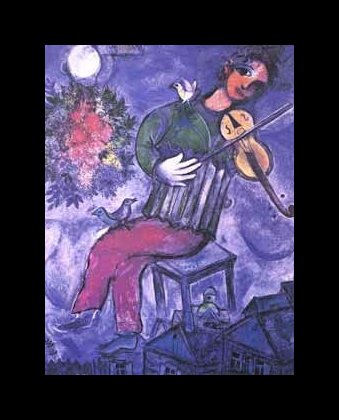
Marc Chagall will always be known as one of the most popular artists of his century. He challenged the themes of science and reason by luring his viewers in through brilliant color and abstract representations of his subject matter. The fact that Chagall hated being labeled as falling under one particular art movement is evident in his art, which seems to have a genre of its own.
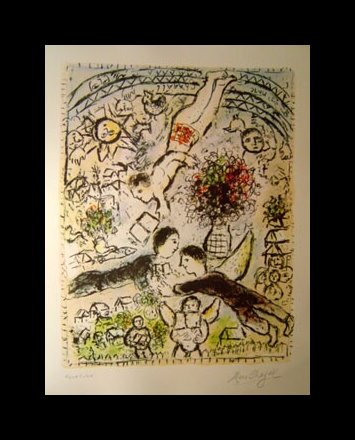


Reviews
1,217 global ratings
5 Star
4 Star
3 Star
2 Star
1 Star
Your evaluation is very important to us. Thank you.
